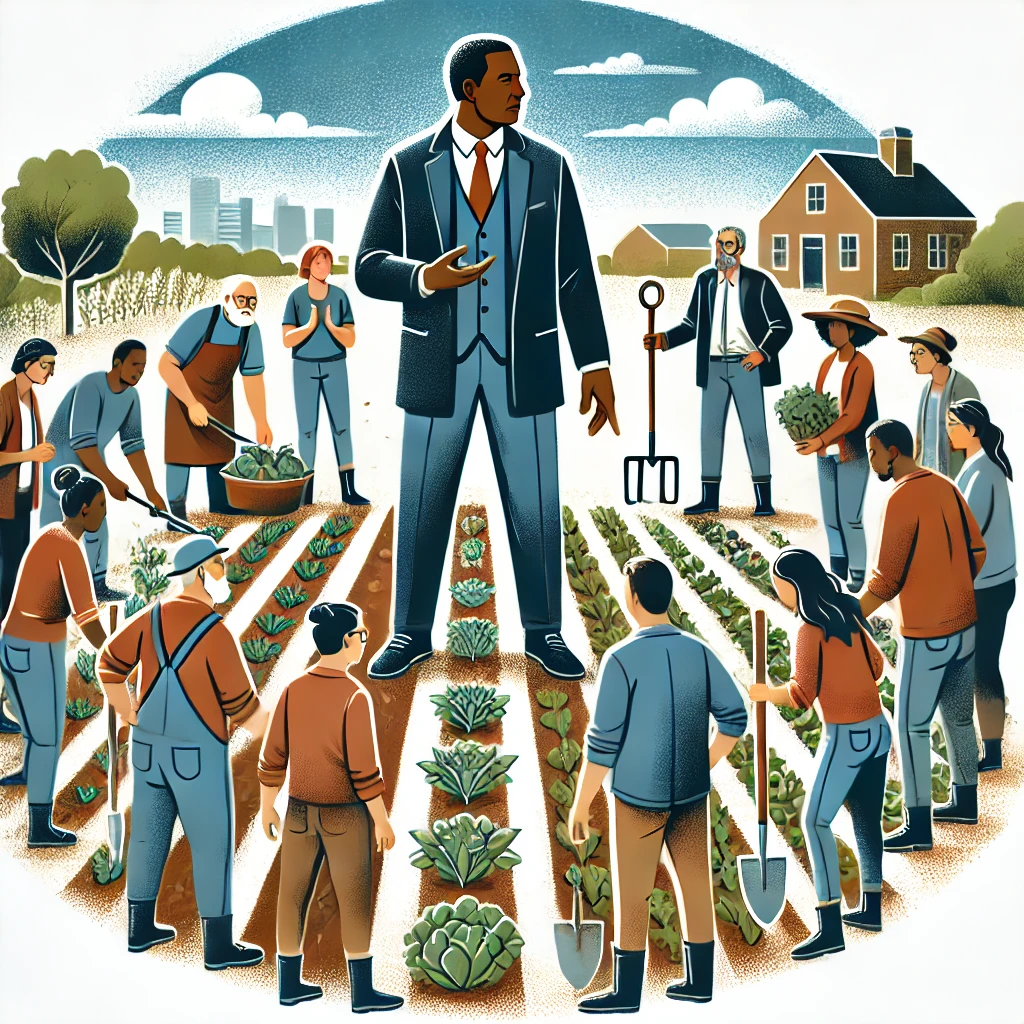Introduction: Crafting Hope with Hues
Food for the Poor, a beacon of hope founded in 1982, has continuously strived to combat hunger and facilitate better living conditions for the impoverished globally. This nonprofit organization stretches its hands across continents, from the Caribbean and Latin America to Africa and Asia, reaching out to those in dire need of nourishment and support. As we delve into the Food For The Poor Coloring world of this benevolent entity, we discover not only their traditional food distribution efforts but also innovative therapeutic initiatives such as coloring programs designed to heal and empower.
Nourishing Bodies and Souls: The Mission of Food for the Poor
Food for the Poor stands as a pivotal force in alleviating hunger and reducing suffering in developing regions. By focusing on providing essential resources—food, clean water, medicine, and shelter—the organization targets the core needs of those living in extreme poverty. The primary beneficiaries include families, especially children, who face daily challenges due to food insecurity and lack of basic services.
Diverse Programs: More than Just Meals
The organization’s approach is holistic, tackling various aspects of poverty with multifaceted programs. These initiatives range from building homes and schools to installing water sanitation systems and offering agricultural projects to foster self-sufficiency. Each program is tailored to meet the specific needs of the communities served, ensuring a sustainable impact on their lives.
Building Hope: Shelter and Infrastructure Projects food for the poor coloring
One of the cornerstone efforts of Food for the Poor involves constructing safe and durable housing for families living in precarious conditions. By providing a stable home, the organization lays the groundwork for healthier living and better security for families. Beyond housing, the organization also invests in community infrastructure by building schools, healthcare facilities, and sanitation systems, ensuring that communities have access to essential services.
Nourishing the Future: Agricultural and Fishing Projects
Understanding the importance of self-reliance, Food for the Poor also supports agricultural and aquacultural projects. These initiatives include providing seeds, farming tools, and training to local farmers, as well as setting up fish farms in coastal communities. These projects not only supply a source of food but also create opportunities for income, empowering communities to rise out of poverty sustainably.
Quenching Thirst: Water Sanitation and Hygiene
Access to clean water is fundamental for survival, yet many communities lack this basic resource. Food for the Poor addresses this by installing wells and water filtration systems in areas where water scarcity and contamination are prevalent. Additionally, they conduct hygiene education programs to promote practices that prevent disease transmission, significantly improving the health of the community.
Healing Through Creativity: Therapeutic Coloring Initiatives
Among the more unique initiatives is the therapeutic coloring program designed to address the psychological and emotional needs of those living under the stress of poverty. By distributing coloring books and supplies, Food for the Poor offers a creative outlet that promotes mental health, reduces anxiety, and helps individuals of all ages find joy and peace amidst their challenging circumstances.
Education and Empowerment: Scholarships and Training
Believing in the transformative power of education, Food for the Poor provides scholarships and educational materials to children in impoverished areas. They also offer vocational training for adults, teaching skills that are in demand locally, such as carpentry, sewing, and mechanics. These programs help individuals gain employment or start their own businesses, fostering economic independence and community development.
The Color of Compassion: Coloring as a Form of Therapy
In an innovative twist to traditional aid, Food For The Poor Coloring has incorporated coloring activities into their outreach programs. Recognizing coloring as a form of therapy, the organization provides coloring books and materials to children and adults alike. These activities are not only recreational but are therapeutic tools that help alleviate stress, promote mindfulness, and foster a sense of peace among participants.
Key Therapeutic Benefits of Coloring
Coloring transcends age and circumstance, offering numerous mental and emotional benefits:
- Stress Reduction: Engaging in coloring can reduce anxiety and create focus, replacing negative thoughts with positive ones.
- Mindfulness and Meditation: The act of coloring allows for mindfulness, helping individuals live in the moment while deeply engaging in a soothing activity.
- Creative Expression: It offers a form of expression for those who may not have other outlets to communicate their feelings or creative impulses.
- Community Building: Group coloring sessions help strengthen community bonds, providing a space for sharing, interaction, and mutual support.
Conclusion: A Palette of Promise
Food For The Poor Coloring continues to paint a brighter future for the most vulnerable, blending the provision of essential needs with innovative therapeutic approaches like coloring. The success of their programs is a testament to the power of combining practical help with creative healing practices. As they continue to expand their efforts, the organization not only feeds the body but also nourishes the spirit, proving that even the simplest activities, like coloring, can bring significant and transformative joy to those in need.
This vibrant approach to charity highlights how essential services, when combined with innovative therapeutic tools, can enhance the well-being of impoverished communities around the world. Food for the Poor thus remains a poignant reminder that hope can indeed be colored in many hues, each one brightening the world one shade at a time.


